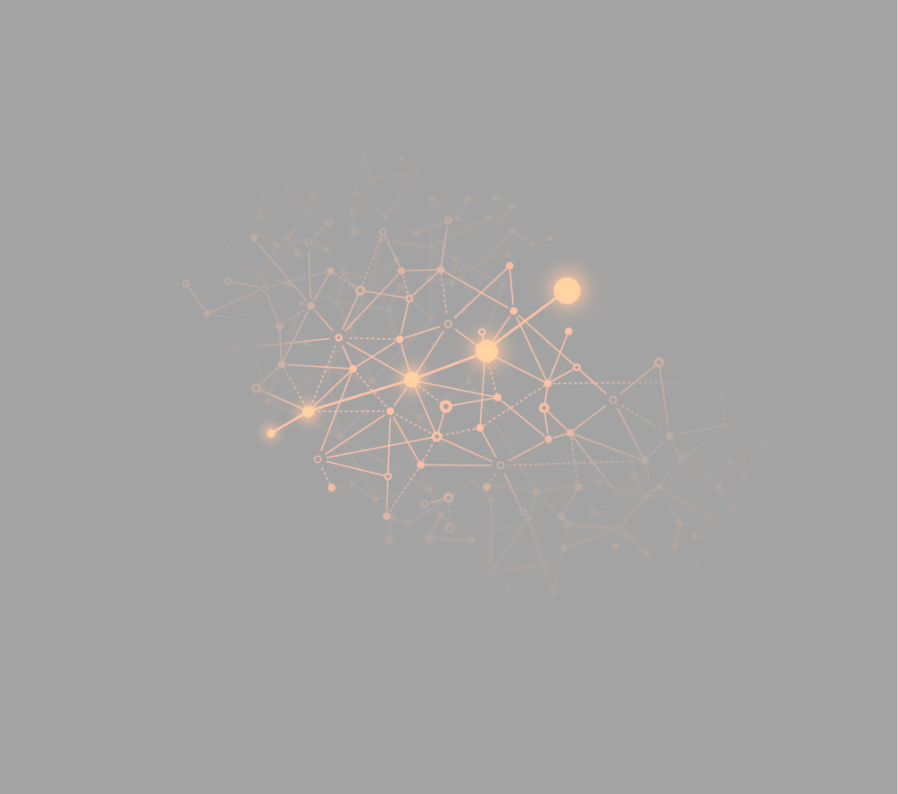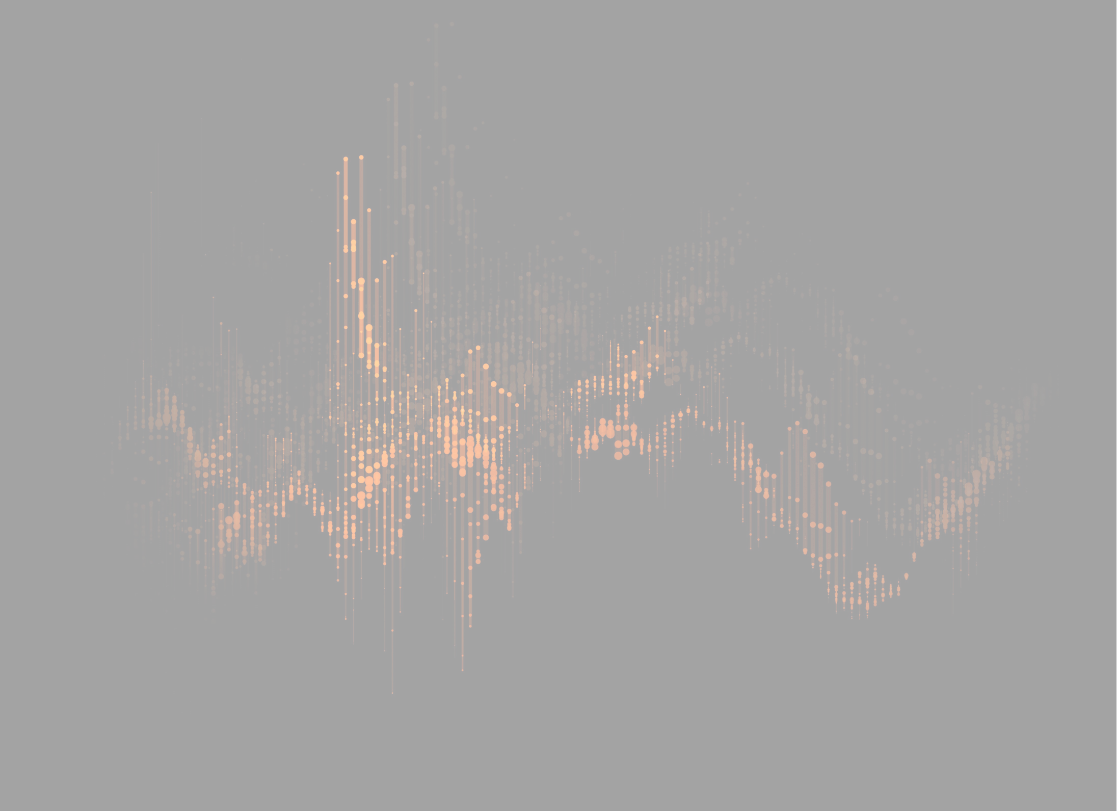

ALGORITHMS AND PLANTS
The unique relationship of the ever limit-pushing humankind with the universe is shaped by looking, and looking closer; seeing, and seeing beyond. The concepts of looking and seeing, which draw science and art closer to each other endlessly, point to the irresistible curiosity of the humankind which has sought beyond that which is given throughout the history, as well as the pleasure it takes in this optical relationship. The world around us is really irresistible! Perhaps, this is why the humans have depicted in painting what they saw around them since the early ages.
Humans’ relationship and struggle with animals resulted from the feeling of closeness they felt with them, but always there and quiet, the plants remained unknown to us. Today, the extraordinary world of plants is still a great mystery. Researchers have recently explained that plants communicate with each other and that they do this by way of vibrations. Perhaps it is not a coincidence that vibrations lie at the core of MR (Magnetic Resonance), the great invention of medical technology -just like plants have been associated with healing since the ancient times.
Still quiet and unknown to people, the plants are increasingly becoming a core element of today’s art. It is indisputable that we often come across installations incorporating green leaves at biennials, museums, and galleries. Plants are strikingly impressive in their mysteriousness, and also beautiful in their forms. Plants occupy a central position in contemporary art not only because they allow to discuss many ecology-related problems, but also due to their aesthetical existence in the Kantian sense. It is known that the earliest depictions of plants were found in Mesopotamia and Egypt. 4 thousand years ago, these earliest agricultural societies drew plant figures on the walls of temples and tombs. Subsequently, plants were depicted on pottery and coins.
Plants are both vital and visual elements of our world. They have been part of artistic production due to purely aesthetic reasons or many ideas formed on the basis of a certain problem in the past, as well as now. While we see the very first rose figure dating back to 3900 years ago in the Knossos Palace in Crete, illustrations by the 17th century botanist Maria Sibylla Merian have also survived as the very rich documents of the exciting life of plants. On the other hand, the exhibition “An Internal Garden” (2018) by the contemporary artist Sibel Horada who produces memory-related site-specific works, was a multi-layered art installation on the presence and the extinction of plants which left its mark on the audience. There are numerous examples of the unique dialogue between the past and current artists and plants.
Just like the revolutionary impact of the invention of the camera in the 19th century on artistic production, the subsequent advent of medical imaging devices took the center stage for some avantgarde artists. The artist and educator György Kepes is a prominent example. Kepes was the founder of a pioneering visual arts program combining art, culture, and technology at Massachusetts Institute of Technology in 1967. Kepes realized many pioneering works in the field of visual arts at MIT. The flower images he acquired using X-ray machines, the imaging devices of the time, are extraordinary. After all, it is not surprising that an artist who built theories on the phenomenon of image took interest in the X-ray device which generated a different kind of image than that of the camera.
Surely, the history is full of extraordinary discoveries made by curious eyes. In the ’30s, radiologist Dain L. Tasker was the first person to examine the anatomic structure of flowers in an X-ray machine in Los Angeles. Not only that, Doctor Tasker was so impressed by the rose, tulip, lily, and lotus images he acquired that he was drawn into an adventure extending from scientific research to aesthetic interest. Doctor Tasker contacted photographer Will Connell to print the images he acquired but this resulted in a more comprehensive project: thanks to Connell’s help, he opened multiple exhibitions. One of such exhibitions was featured in the Golden Gate International Exhibition held in San Francisco in 1939. Soon, Doctor Tasker became a widely acclaimed artist. The images he acquired on X-ray devices were exhibited at Howard Greenberg Gallery in New York and Joseph Bellows Gallery in San Diego in the contemporary era.
The invention of the X-ray device by the German physicist Wilhelm Konrad Röntgen in 1895 was the first step that initiated the journey into the extraordinary world of medical imaging. By the ‘70s, the introduction of the MR technology to the field of medicine was a revolutionary event for humanity. Siemens acquired its first image on its MR machines in Erlangen, Germany in 1979, which was a great novelty at the time. However, it was not a human that was imaged, but a bell pepper. Yes, indeed! Extraordinary moves find their meaning in the gesturality of science and art. Today, this extraordinary image is featured in Siemens MedMuseum’s collection on Gebbertstrasse and meets a wide audience from all over the world. In August 1983, Siemens became the first company to manufacture MR devices for hospitals and clinics. Today, all across the globe, human health and disease treatment are infinitely related to imaging. Looking, seeing, diagnosing, and treating are immensely correlated. As it says on the website of Siemens MedMuseum: “Company founders, inventors, researchers, doctors, nurses, engineers – every one of them has a story to tell.” Science continues to add value to life.
Following the introduction of X-ray, the widespread use of imaging technologies such as MR, Tomography, and Mammography in the field of medicine and their acceptance as essentials in hospitals and clinics have been the result of the efforts of pioneering technology companies like Siemens, which form inseparable bonds between science and life. Surely, these imaging devices they manufacture are used not only in the field of human health, but also for other types of scientific research. For example, botanists today use tomographs to study the vascular structure and function of plants. The word “tomography” is derived from the combination of Ancient Greek words “Tomos,” meaning “slice, section” and “Graphein,” meaning “to write.” Although he was not a botanist, Doctor Tasker was carrying out such studies even before the introduction of tomographs. Perhaps unveiling further information about plants which have been largely unknown to us throughout history will open the door to new discoveries for humanity. Today, imaging devices are in the center of attention of artists or designers such as Macoto Murayama, Heinz Wuchner, Mathew Schwartz. On the other hand, Professor Ercan Karaarslan, one of the leading radiologists of Turkey, has become a prominent name in the medical field thanks to his remarkable plant shoots created with an artistic eye. Having countless images acquired with scientific attention and artistic enthusiasm in his personal archive, Professor Doctor Karaarslan handled the iconic bell paper shooting that took place in 1979 using today’s advanced technology of Siemens.
Imaging devices operate on algorithms, that is, a predetermined path or steps of a process are followed to solve a problem or reach a specific goal. In this exhibition designed by Siemens Healthineers with the aim of establishing links between technology, science, and art, algorithms are navigated in the extraordinarily beautiful and striking world of plants. We referred to the historical fact that the first imaging carried out on the MRI device was that of a bell pepper. Using the Siemens medical imaging devices equipped with today’s state-of-the-art technology, we focused not only on flowers, but also fruits, vegetables, and nuts grown across Turkey. A wide variety of plants are grown in this geography including pumpkins, pomegranates, olives, cabbages, irises, mimosa trees, hazelnuts, pineapples, walnuts, bananas, and kiwis. All experts using the Siemens Healthineers’ imaging devices in hospitals and clinics located all over Turkey were invited to participate in this exhibition project. Being the common phenomenon of medical technology and art, “image” was the main topic in question in this exhibition. The world of people consists of countless images in this era. Just like art, the visual aspects of science also capture and surprise us, creating vibrations in our brains.
Seda Yörüker

